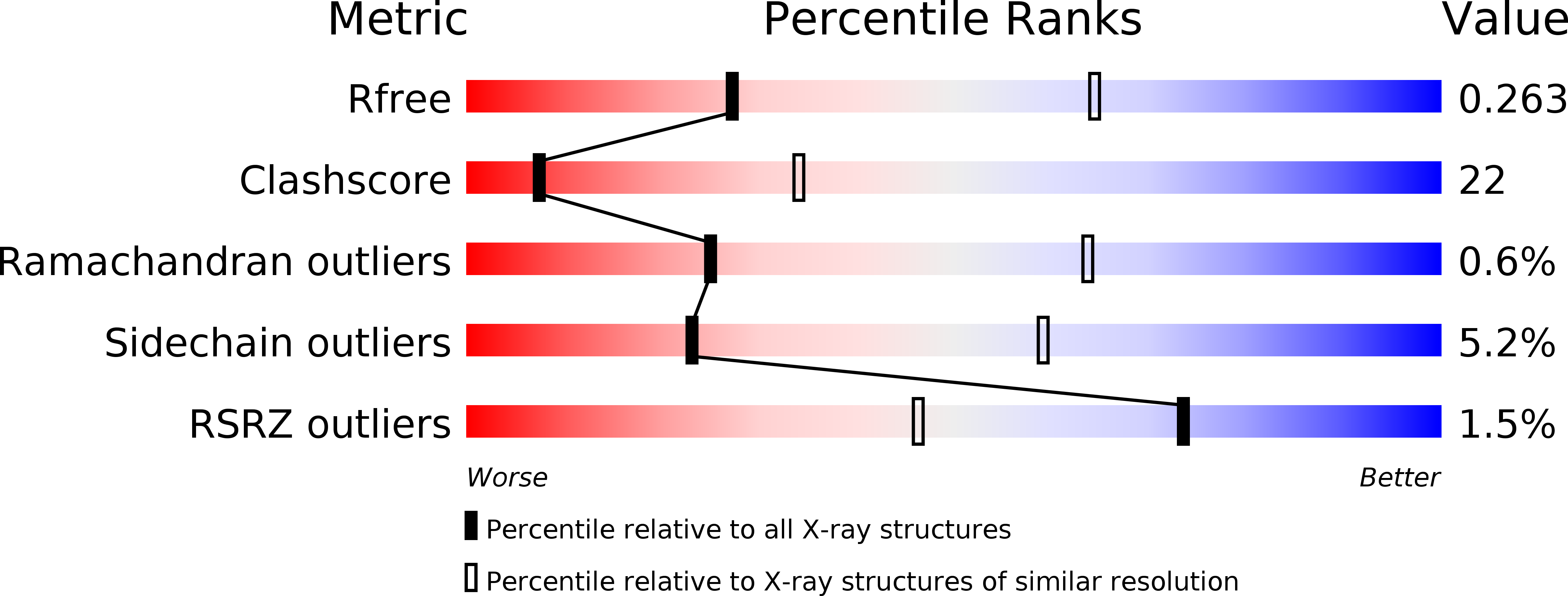
Deposition Date
2001-12-04
Release Date
2002-03-15
Last Version Date
2024-10-16
Method Details:
Experimental Method:
Resolution:
3.00 Å
R-Value Free:
0.26
R-Value Work:
0.21
R-Value Observed:
0.21
Space Group:
P 31 2 1


